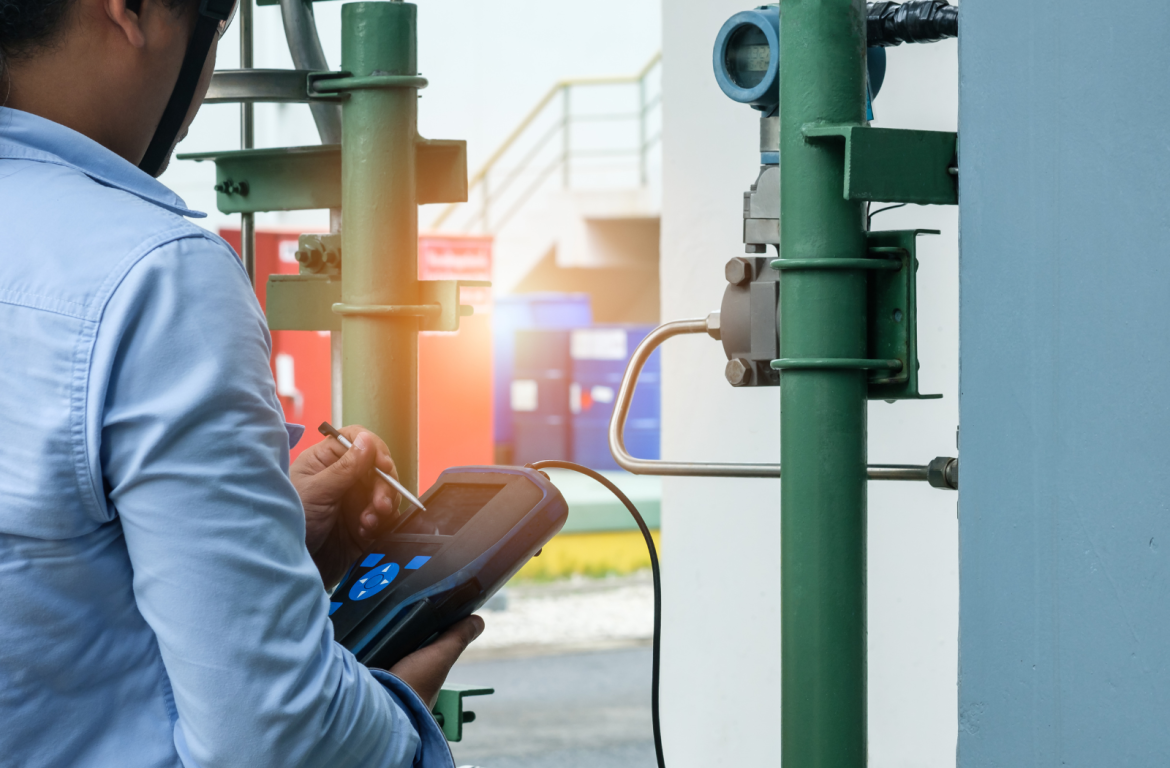Different calibration services exist to ensure the accuracy of various types of equipment. This guide will introduce the reader to the different types of calibration services in UAE and their basic purposes. By understanding the different types of calibration services, the reader will be able to make more informed decisions when it comes to choosing a service provider.
What is Calibration?
Calibration is the process of fine-tuning a measuring device to ensure its accuracy. This is done by comparing the readings from the device against known standards.
Calibration is important because it ensures that measurements are accurate. This is critical in many industries, such as manufacturing, where accurate measurements are essential for quality control.
There are many calibration services in UAE. Some of these companies also offer other services, such as repairs and maintenance.
Types of Calibration Services
There are many different types of calibration services in UAE. Here is a quick guide to some of the most popular services:
Thermal Calibration:
Thermal calibration is the process of calibrating a thermal device to ensure its accuracy. There are many factors that can affect the accuracy of a thermal device, such as ambient temperature, humidity, and altitude. By calibrating a thermal device, you can be sure that it is providing accurate readings.
There are many companies that offer thermal calibration services in the UAE. These companies use state-of-the-art equipment and software to calibration your thermal devices. They also have experienced technicians who can calibrate your devices quickly and efficiently.
If you want to ensure that your thermal devices are providing accurate readings, then you should consider using the services of a thermal calibration company in the UAE. These companies will help you save time and money by ensuring that your devices are calibrated correctly.
Electrical Calibration:
An electrical calibration is the process of verifying the accuracy of an electrical measuring instrument. The most common type of electrical calibration is voltage calibration, which involves checking the accuracy of a voltmeter by comparing its readings to those of a known standard.
Electrical calibration is important because inaccurate measurements can lead to incorrect decisions and sub-optimal results.
For example, if an engineer is designing a circuit and relies on an inaccurate voltmeter for measurements, the resulting circuit may not function as intended.
Pressure Calibration:
The process of verifying the accuracy of a measuring instrument is called Calibration. The purpose of calibration is to ensure that the instrument measures correctly within specified tolerances. The term “pressure calibration” refers specifically to the calibration of pressure-measuring instruments, such as pressure gauges and transducers.
There are two main types of pressure calibrations: static and dynamic. Static pressure calibrations are performed when the pressures being measured are not changing, such as in a laboratory environment.
Dynamic pressure calibrations are performed when the pressures being measured are changing, such as in an industrial plant or during field testing.
Dimensional Calibration:
Dimensional calibration is the process of calibrating a measuring instrument to measure dimensions such as length, width, and height. This type of calibration is usually done with calipers, micrometers, and other types of measuring devices.
It ensures that measurements are accurate. Inaccurate measurements can lead to errors in manufacturing processes and can cause problems for quality control.
Force Calibration:
A force calibration is the process of determining the relationship between the applied force and the output reading from a force measuring device.
The output reading may be in terms of voltage, current, or displacement. The calibration is performed by applying known weights to the device under test and recording the output readings.
The accuracy of a force calibration is often expressed as a percentage of full scale.
Torque Calibration:
Torque calibration is the process of measuring and adjusting the torque output of a device. Torque is a measure of how much force is required to turn an object. It is often used to measure the strength of engines and other mechanical devices.
This is done by using a known force to turn the device and measuring the amount of torque required to do so. The results of the calibration can be used to adjust the device so that it produces the desired amount of torque.
It ensures that devices are able to produce the correct amount of force. This is especially important for devices that are used in delicate or dangerous situations, such as medical devices or aircraft parts.
By calibrating the devices, we can ensure that they will function as intended and help to prevent accidents.
Conclusion
There are many types of calibration services in UAE, and each has its own advantages and disadvantages. It is important to choose the right service for your needs, hopefully this guide has provided some useful information to help you make that decision. Thank you for reading!


